Hot-rolled square tubes and cold-rolled
square tubes are the forming processes of steel or steel plates. They have a great influence on the organization and properties of steel. The rolling of steel is mainly hot rolling, and cold rolling is only used to produce small steel and thin plates.
Advantages: It can destroy the casting structure of the ingot, refine the grain of the steel, eliminate organizational defects, make the steel dense, and improve the mechanical properties. This improvement is mainly reflected in the rolling direction, so that the steel is no longer isotropic to a certain extent; under the action of high temperature and high pressure, bubbles, cracks and looseness formed during the pouring process can also be welded.
Disadvantages:
1. After hot rolling, non-metallic inclusions in the steel (mainly sulfides, oxides and silicates) are pressed into thin plates, causing delamination (interlayer). Delamination seriously damages the tensile properties of the steel along the thickness direction, and interlayer tearing may occur when the weld shrinks. The local strain caused by weld shrinkage often reaches several times the yield point strain, which is much greater than the strain caused by the load.
2. Residual stress caused by uneven cooling. Residual stress is an internal self-balanced stress that is not affected by external forces. Various hot-rolled profiles have this residual stress. Generally speaking, the larger the cross-sectional size of the steel section, the greater the residual stress. Although the residual stress is self-balanced, it still has a certain influence on the performance of the steel component under the action of external forces. For example, it may have an adverse effect on deformation, stability and fatigue resistance. 3. The surface of the square tube made of hot-rolled plate is rough and not smooth, the flatness is not good, the bending performance is general, and the performance is not good.
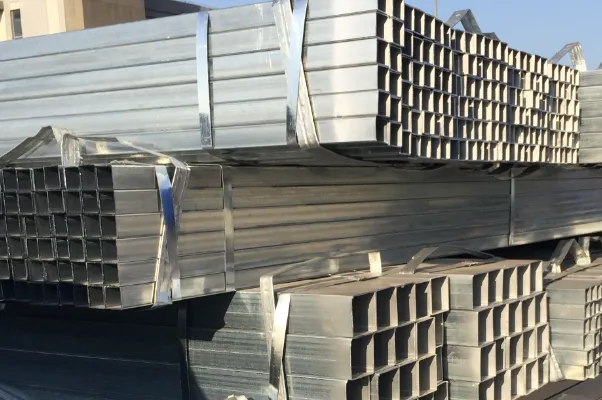
Cold Rolling
Cold rolling refers to the cold processing of steel plates or strips at room temperature through cold drawing, cold bending, cold drawing and other cold processing into various types of steel.
Advantages: fast forming speed, high output, no damage to the coating, and can be made into a variety of cross-sectional forms to meet the needs of use conditions; cold rolling can cause a large plastic deformation of the steel, thereby increasing the yield point of the steel.
Disadvantages:
1. Although there is no thermoplastic compression during the forming process, there is still residual stress in the cross section, which is bound to affect the overall and local buckling characteristics of the steel.
2. Cold-rolled steel is generally an open steel, and its free torsional stiffness is low. It is easy to twist when bending, and it is easy to bend and torsional buckling when compressing, and the torsional performance is poor.
3. The wall thickness of cold-rolled steel is small, and there is no thickening at the plate connection angle, so the ability to bear local concentrated loads is weak.
4. The surface of the square tube made of cold plate is smooth and black and bright. Cold plate is generally a black annealed square tube with good bending and tensile properties.
The main differences between hot rolling and cold rolling are:
1. Cold-rolled steel plate allows local buckling of the section, which can make full use of the bearing capacity after the component buckles; hot-rolled steel does not allow local buckling.
2. The reasons for the generation of residual stress in hot-rolled steel and cold-rolled steel are different, so the distribution of residual stress on the steel is also very different. The residual stress distribution on the cross section of cold-bent thin-walled steel is bending type, and the residual stress distribution on the cross section of hot-rolled steel or welded steel is film type.
3. The free torsional stiffness of hot-rolled steel is higher than that of cold-rolled steel, so the torsional resistance of hot-rolled steel is better than that of cold-rolled steel.






 English
English Español
Español بالعربية
بالعربية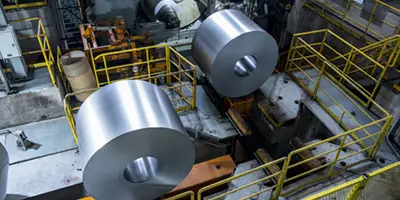

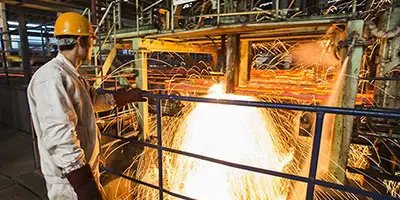
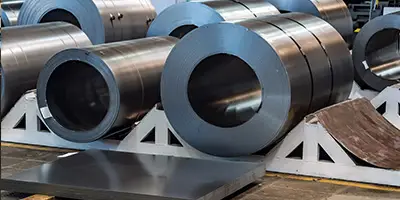

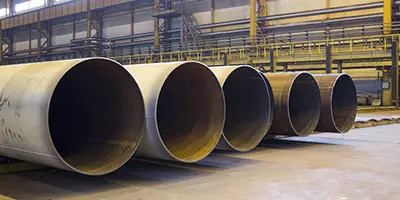
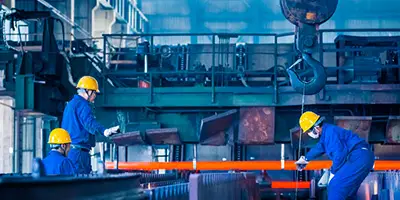
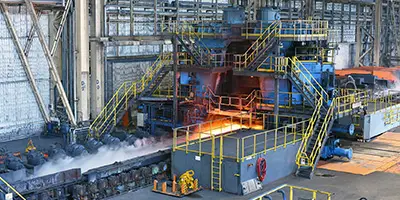
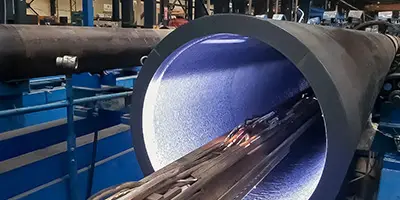
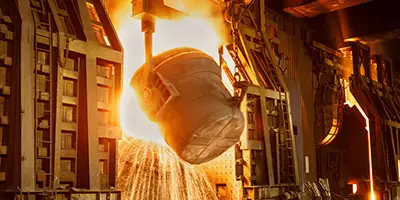
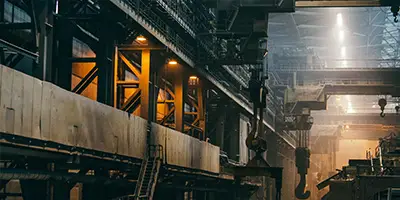

 Phone :
Phone :  Whatsapp :
Whatsapp :  Email :
Email : 


